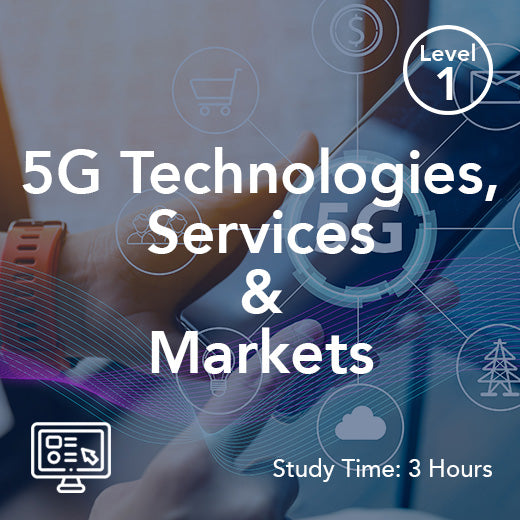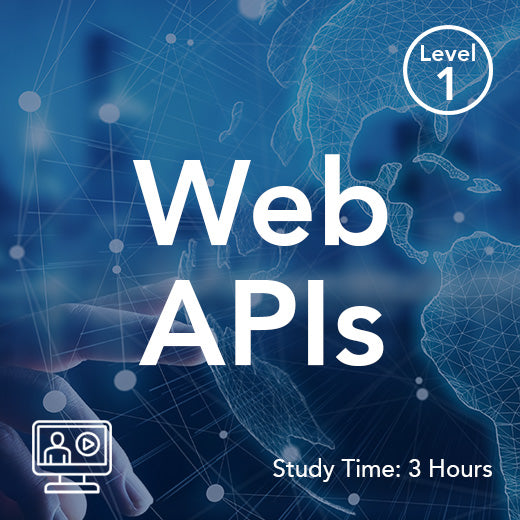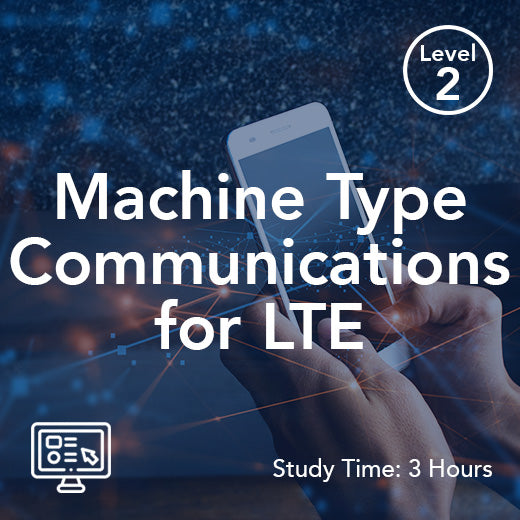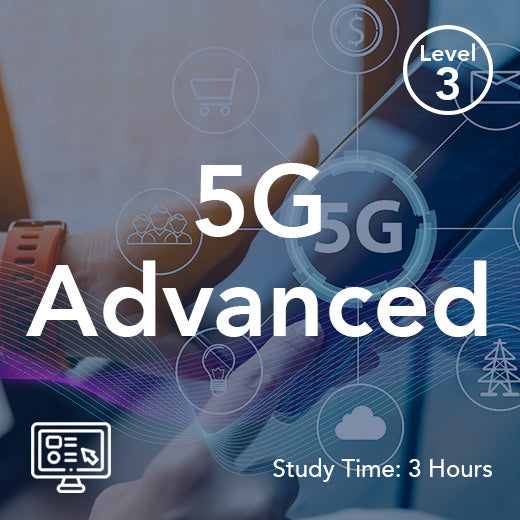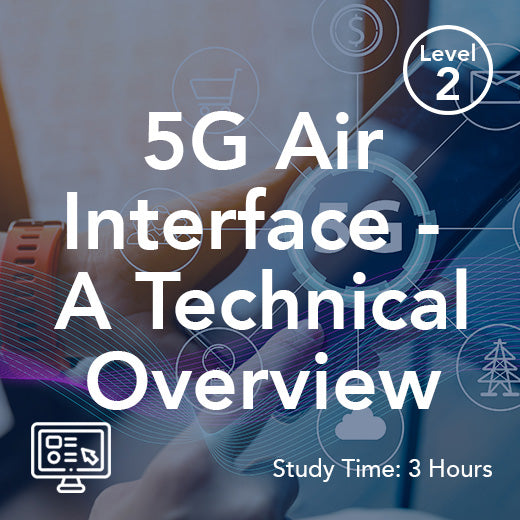What Is High-Speed Packet Access (Hspa)?
- , by Stephanie Burrell
- 4 min reading time
High-Speed Packet Access (HSPA) is a mobile telecommunication technology that enables faster data transmission speeds on 3G networks. It is an evolution of the Universal Mobile Telecommunications System (UMTS) standard and is commonly referred to as 3.5G or 3.75G technology. HSPA is part of the 3GPP release specifications, allowing for significantly faster data transfer rates than its predecessor, making it ideal for data-intensive applications such as video streaming, online gaming, and video conferencing.
HSPA achieves higher data speeds by utilizing a combination of two key technologies: High-Speed Downlink Packet Access (HSDPA) and High-Speed Uplink Packet Access (HSUPA). HSPA was introduced as part of the 3GPP release to enhance data transmission speeds. HSDPA focuses on improving the downlink (download) data transmission rates, while HSUPA enhances the uplink (upload) speeds. By combining these two technologies, HSPA is able to provide a more efficient and faster data transfer experience for users.
One of the key advantages of HSPA is its ability to deliver peak download speeds of up to 14.4 Mbps and peak upload speeds of up to 5.76 Mbps. This is a significant improvement over the maximum speeds offered by traditional 3G networks, which typically range from 1-2 Mbps for downloads and 0.5-1 Mbps for uploads. With HSPA, users can enjoy faster internet browsing, smoother video streaming, and quicker file downloads on their mobile devices. Successive 3GPP releases have introduced improvements in data speeds and network efficiency.
In addition to faster data speeds, HSPA also offers improved network efficiency and capacity. By utilizing advanced modulation techniques and better resource allocation algorithms, HSPA networks can accommodate more users and provide a more consistent and reliable data connection. This is particularly important in densely populated areas or during peak usage times when network congestion is more likely to occur.
HSPA has been widely adopted by mobile operators around the world as a cost-effective way to enhance their existing 3G networks and provide faster data speeds to their customers. In fact, many operators have upgraded their networks to HSPA+ technology, which further improves data speeds and network performance. HSPA+ is sometimes referred to as 3.9G or 4G technology and can deliver peak download speeds of up to 42 Mbps and peak upload speeds of up to 11 Mbps.
Overall, HSPA is a versatile and efficient mobile technology that has played a significant role in advancing the capabilities of 3G networks. With its faster data speeds, improved network efficiency, and widespread adoption, HSPA has become a key enabler for a wide range of mobile applications and services. As mobile data usage continues to grow, HSPA and its successor technologies will play an important role in meeting the increasing demand for high-speed mobile connectivity.
Introduction to High Speed Packet Access
High-Speed Packet Access (HSPA) is a mobile communications technology that significantly boosts data transmission speeds on 3G networks. As an evolution of the Universal Mobile Telecommunications System (UMTS), HSPA represents a leap forward in mobile technology. HSPA refers to the amalgamation of two key technologies: High-Speed Downlink Packet Access (HSDPA) and High-Speed Uplink Packet Access (HSUPA). HSDPA enhances downlink data transmission speeds, while HSUPA focuses on uplink data transmission. The key features of HSPA include higher data rates, lower latency, and improved spectrum efficiency, making it a widely deployed solution by mobile operators around the world to enhance their 3G networks’ performance.
Key Components of HSPA
The backbone of HSPA consists of High-Speed Downlink Packet Access (HSDPA) and High-Speed Uplink Packet Access (HSUPA). HSDPA is designed to improve downlink data transmission speeds, while HSUPA enhances uplink data transmission. Beyond these, HSPA incorporates advanced components such as carrier aggregation, higher-order modulation, and improved spectrum efficiency. These elements work in harmony to deliver faster data transmission speeds, reduced latency, and enhanced overall performance. Additionally, HSPA introduces new features like fast link adaptation, scheduling, and fast hybrid automatic repeat request (HARQ), which collectively ensure a more efficient and reliable user experience.
Applications and Use Cases
HSPA’s high-speed data transmission capabilities open up a plethora of applications and use cases across various sectors. In healthcare, HSPA enables remote patient monitoring, allowing for real-time data transfer and improved patient care. In the finance sector, it supports secure and swift online banking transactions. Education benefits from HSPA through distance learning platforms that require reliable and fast data transfer. Moreover, HSPA is integral to the functionality of devices such as smartphones, tablets, and laptops, providing users with high-speed data services anytime, anywhere. The widespread adoption of HSPA has revolutionized how users interact with mobile data, making it an indispensable technology in today’s connected world.

